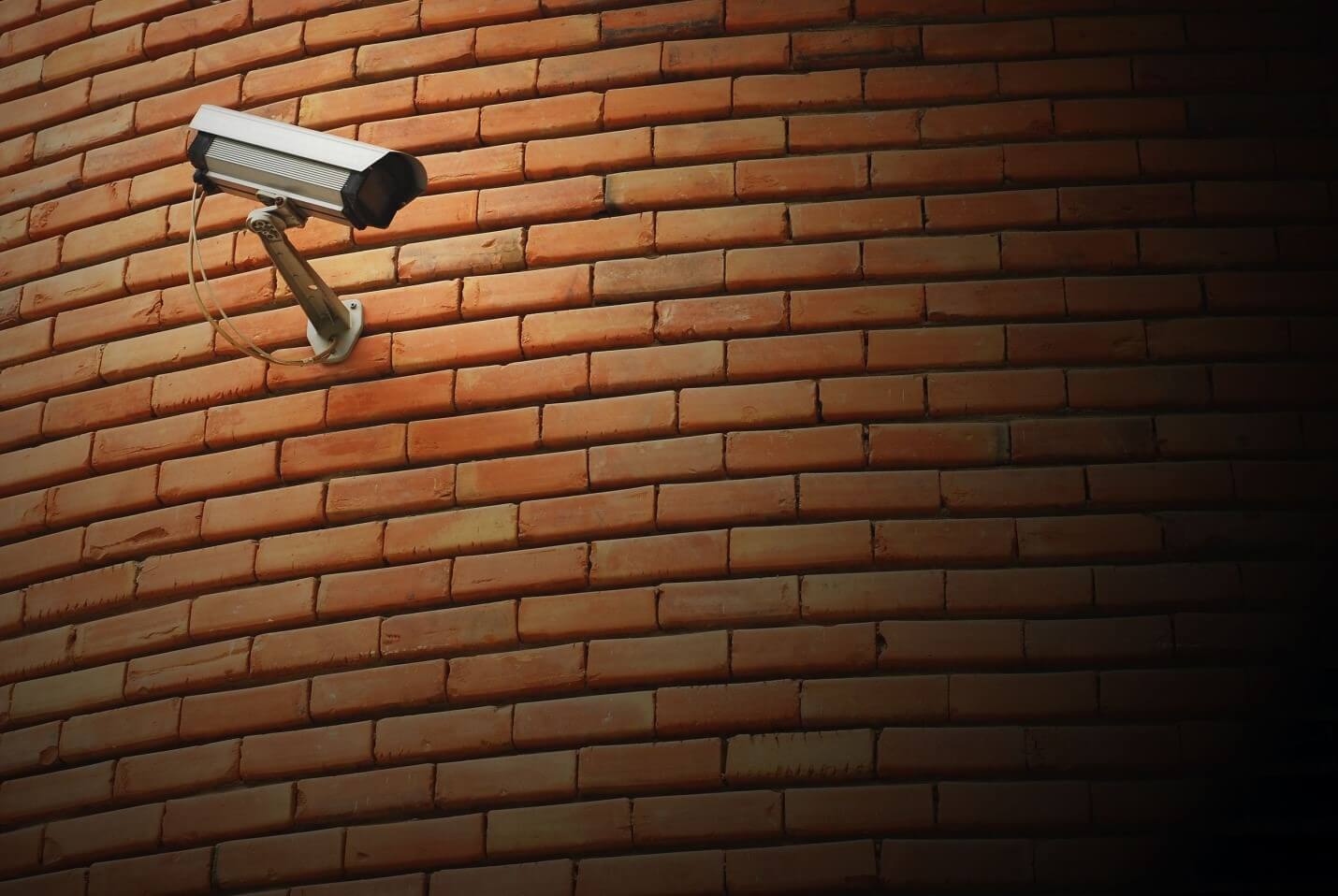We’ve come a long way in how we handle personal injury cases, with developments such as cloud software making it easier than ever to transfer important documents, and video surveillance streamlining the collection of physical evidence in certain accident cases.
Of course, just as technology can be a boon to claimants and personal injury lawyers, it also has its downsides. In this post, I’m going to look at two ways technology can actually damage a personal injury case and end on a more optimistic note by listing three ways technology can help.
Technology That Can Harm Your Case
1. Social media. There are a staggering 1.3 billion monthly active users on Facebook, and there’s a good chance you’re one of them. Unfortunately, your Facebook account may be a liability in your personal injury case. Even if you know you have a legitimate personal injury case, you can’t be sure that the defense attorney won’t search your Facebook account for evidence they can twist.
For example, if you injured your back, but post a picture of yourself dancing in your living room, the DA could point to that as evidence that you’re faking your injury, even if in reality you only briefly posed for a “dancing” picture to show you were keeping your spirits up. The best thing you can do in your personal injury case is disable your Facebook account and personal blog, if you have one. You should also be very careful not to post any information about your accident on any social media outlets.
2. Surveillance technology. Although it might sound extreme, some defendants who risk losing a lot of money to your lawsuit might hire a private investigator to search for evidence to use against you. In addition to trawling your social media pages, the investigator might use videos or photos in an attempt to show that your injury is not as serious as you claim.
This is important to keep in mind, because many accident victims have times when their pain is not as severe as others, and might take advantage of these “good” times to do things outside or in public that they might not be able to do on days with worse pain. While your case is ongoing, keep in mind that you may be under surveillance in public areas, so you need to think about the message your behavior will send.
Technology That Can Help Your Personal Injury Case
1. iPads. It’s becoming fairly common practice for many accident victims to use iPads or other tablets as they recover from serious injuries. These tablets not only help them perform day-to-day activities that they might not be able to otherwise, it also allows them to stay in touch with their attorney using video chat apps such as Skype and FaceTime. It can even be used to help stroke victims or other people who have lost the ability to speak to better communicate with their family, friends, and legal counselor.
2. Google Glass. A law firm in Arizona has just launched a new program aimed at equipping personal injury clients with Google Glass. The program, called Glass Action, lets clients send emails and other important documents to their attorneys with only a voice command or the blink of an eye, which is especially beneficial for amputees or other injury victims who can no longer use their hands. It also allows clients to record their day-to-day activities, which can be valuable in proving that their injury has had a serious impact on the way they lead their lives.
3. Black boxes in cars and trucks. I handle a lot of auto accident cases, and I know that one of the biggest struggles for clients can be producing concrete evidence that the other driver was at fault. This could change if black boxes become mandatory in all new cars and trucks, something that the National Highway Traffic Safety Administration is currently pushing for.
Black boxes, which are already being added to some cars and trucks in the US, record important crash data such as speed, acceleration, braking, and even whether or not the driver was wearing a seatbelt. This is huge for the field of personal injury law. Imagine, for example, that a commercial truck crashed into a van and injured the driver, but there were no witnesses other than the two people in the crash. Black box data from the truck could be used to prove that the truck driver lost control and accelerated into the van, or didn’t start braking until moments before the impact.
The takeaway is that the face of personal injury law is changing, largely for the better. It’s becoming easier for attorneys and clients to communicate, and it’s also becoming simpler to produce concrete evidence (since the plaintiff always has the burden of proof). It’s important for both attorneys and victims to think about how modern technology can work in their favor, rather than against them.
About the Author:
Jeffrey Braxton is a trial lawyer in Fort Lauderdale who has devoted his 22-year career to the practice of personal injury law. As lead trial attorney for The South Florida Injury Law Firm, Jeff has litigated thousands of cases and is a member of the Million Dollar Advocates Forum, an exclusive group of attorneys who have resolved cases in excess of one million dollars.







